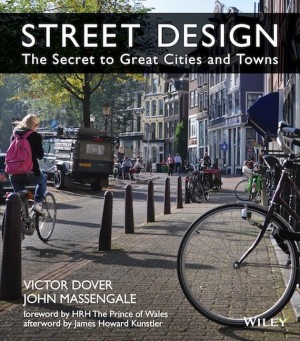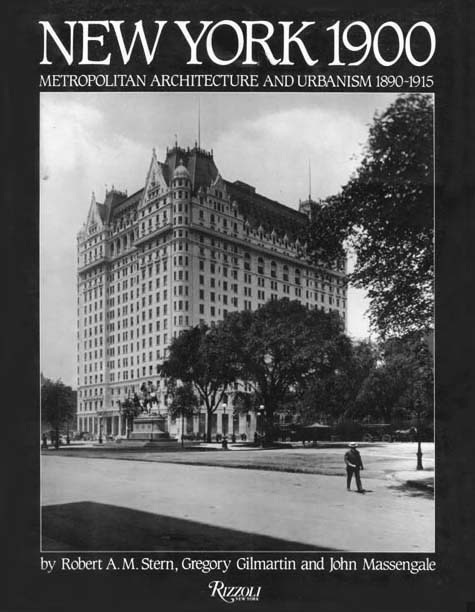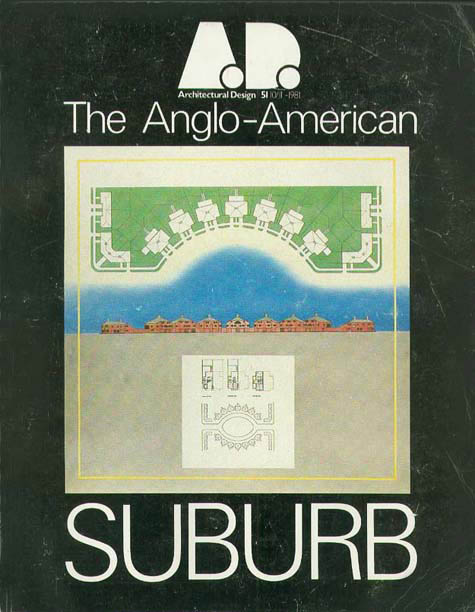CitiField has no city, and the Metropolitans have no metropolis.

In the comments, I said,
Michael,
I suspect you’re trolling here, but I’ll bite a little bit.
Why are you assuming that the architecture of the 21st Century should be the same as the architecture called for by 19th century architects like Frank Lloyd Wright and Mies Van Der Rohe?
They wanted a Zeitgeist architecture, an architecture of time, which they tied to the expression of technology. The architecture needed today, I believe is the architecture of community and place. And sustainability.
There was a time when Modernism accurately expressed our culture, but that time is past. It is now nothing more than an expression of style, and that expression is increasingly ego-centric, anti-urban and unsustainable.
We need buidings that add up to the creation of good places. Extensive studies by Chris Alexander, Space Syntax and many others increasingly show that the qualities that do that are timeless and universal.
My standard for judging CitiField is not whether or not it’s nostalgic, but whether or not it’s a good place. That’s determined by many qualities including the spatial experience, the proportions of the facades, the quality of the materials, etc.
(continued)
Fenway is the best park because it’s the best spatial experience, not because it’s the oldest park. It has a sense of enclosure that the modem columnless stadiums will never have. Google “Phil Bess” and “Save Fenway Park” to read more about that.
Wilpon told the architects of CitiField to make it like Ebbets Field, where the Dodgers played. But then he put the field in the middle of a parking lot. As a Brooklyn boy, he should have known better.
Ebbets Field was firmly embedded in the urban fabric of Brooklyn. The team got its name because their fans had to “dodge” streetcars to get to the field. But CitiField has no city, and the Metropolitans have no metropolis. They should play on the Atlantic Yards site, where there are 5 or 6 subway lines and the LIRR. Their urban locations are part of what make Fenway and Wrigley the two best fields.
Someone mentioned that the old Busch stadium sat well in downtown St. Louis. That’s right. And of all the concrete “donut” stadiums built in the 1960s, it’s the one that had the spatial intimacy and sensitive renovations to make it a great place to watch a game.
As I said, I’m talking about an architecture of place, not an architecture of time.
Originally posted: John Massengale on April 18, 2008 04:51 PM on Veritas & Venustas



